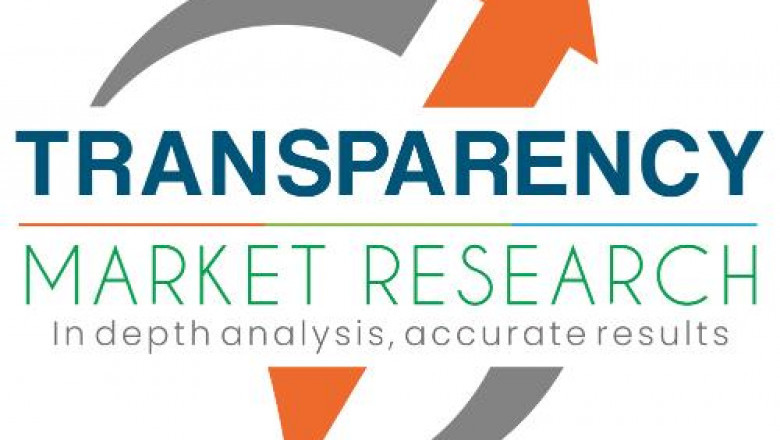views
The global distributed buoyancy module market was valued at US$ 80.9 Mn in 2023 and is projected to more than double, reaching US$ 161.5 Mn by 2034, at a CAGR of 6.5% from 2024 to 2034. The rising demand for clean and renewable energy—particularly floating solar farms and offshore power installations—is significantly driving this expansion.
Distributed buoyancy modules (DBMs), also known as buoyancy control systems, are vital for stabilizing floating structures in marine environments. They are increasingly used in floating solar farms, wave energy converters, offshore wind farm cables, and riser systems, where they offer structural balance, reduce strain, and prevent water damage.
Market Drivers
1. Rise in Adoption of Floating Solar Farms
Floating solar farms, or floating PV systems, are revolutionizing renewable energy by allowing solar panels to float on water bodies such as lakes and reservoirs. These systems rely heavily on buoyancy modules for support and stability. DBMs distribute the weight evenly and safeguard these installations against harsh aquatic environments.
The world's largest floating PV project—a 320 MW facility in Dezhou, Shandong province—was completed by Huaneng Power International (HPI) in 2022. The use of DBMs in such large-scale projects underlines their critical role in the energy sector's transition from land to water-based solutions.
2. Increasing Demand for Clean and Renewable Energy Sources
With the global urgency to combat climate change and reduce dependence on fossil fuels, nations and industries are investing in offshore renewable energy. This includes wave energy converters and hybrid floating platforms. DBMs ensure that these infrastructures remain buoyant, safe, and structurally sound even in deep-water settings.
The growing installation of wind farm cables, flowlines, and umbilicals across marine regions requires robust buoyancy support systems. These modules offer custom configurations, corrosion resistance, and longevity—ideal for long-term underwater use.
Technological Advancements
Companies in this space are developing next-generation underwater floatation devices and subsea modules to meet the evolving needs of offshore safety and energy systems. Products now feature enhanced materials, better modular integration, and adaptability for multiple marine environments.
Key developments include:
- In April 2024, AIS CRP Subsea secured a contract to provide DBMs for a major gas field off Western Australia.
- In October 2023, Trelleborg Group partnered with VIKING Life-Saving Equipment to expand its marine product distribution network, emphasizing safety and reliability in buoyancy solutions.
Regional Insights
Europe Leads the Market
According to recent analyses, Europe held the largest market share in 2023. This dominance is attributed to aggressive green energy policies, urbanization, and technological innovation in marine engineering.
North America on the Rise
North America, particularly Canada and the U.S., is witnessing substantial growth in renewable energy infrastructure. The rising number of offshore installations and a supportive regulatory environment are expected to boost demand for DBMs across the region.
Competitive Landscape
The distributed buoyancy module market is moderately fragmented, with several key players competing on technology, product durability, and application-specific innovation. Major companies include:
- Trelleborg Group
- AIS
- Matrix Composites & Engineering
- Balmoral Comtec Ltd
- DeepWater Buoyancy, Inc.
- Koil Energy Solutions
- Shinyang Tech CO., Ltd.
These players are focusing on strengthening their market presence through strategic partnerships, R&D investment, and geographic expansion.
Market Segmentation
By Type:
- Subsea
- Subsurface
By Application:
- Riser Systems
- Flowlines
- Wind Farm Cables
- Umbilicals
- Others
By Region:
- North America
- Europe
- Asia Pacific
- Latin America
- Middle East & Africa
Conclusion
As the energy industry gravitates toward cleaner, more sustainable solutions, the importance of distributed buoyancy modules continues to rise. These systems not only support the physical integrity of offshore renewable installations but also enable innovative applications in marine power generation.
With expanding floating solar projects, increasing investments in offshore wind and hydro infrastructures, and the urgent need for energy diversification, the distributed buoyancy module market is poised for sustained growth through 2034 and beyond.
Stakeholders across renewable energy, marine engineering, and infrastructure development should closely monitor this market's trajectory—and consider investing in or partnering with key solution providers—to stay ahead in the evolving clean energy landscape.






















Comments
0 comment